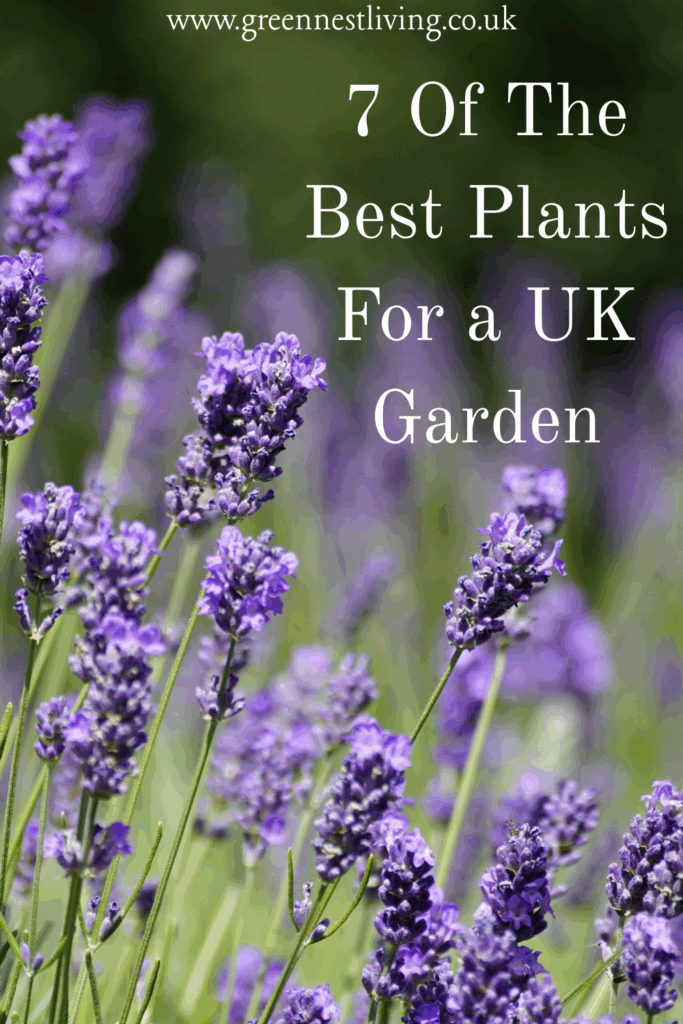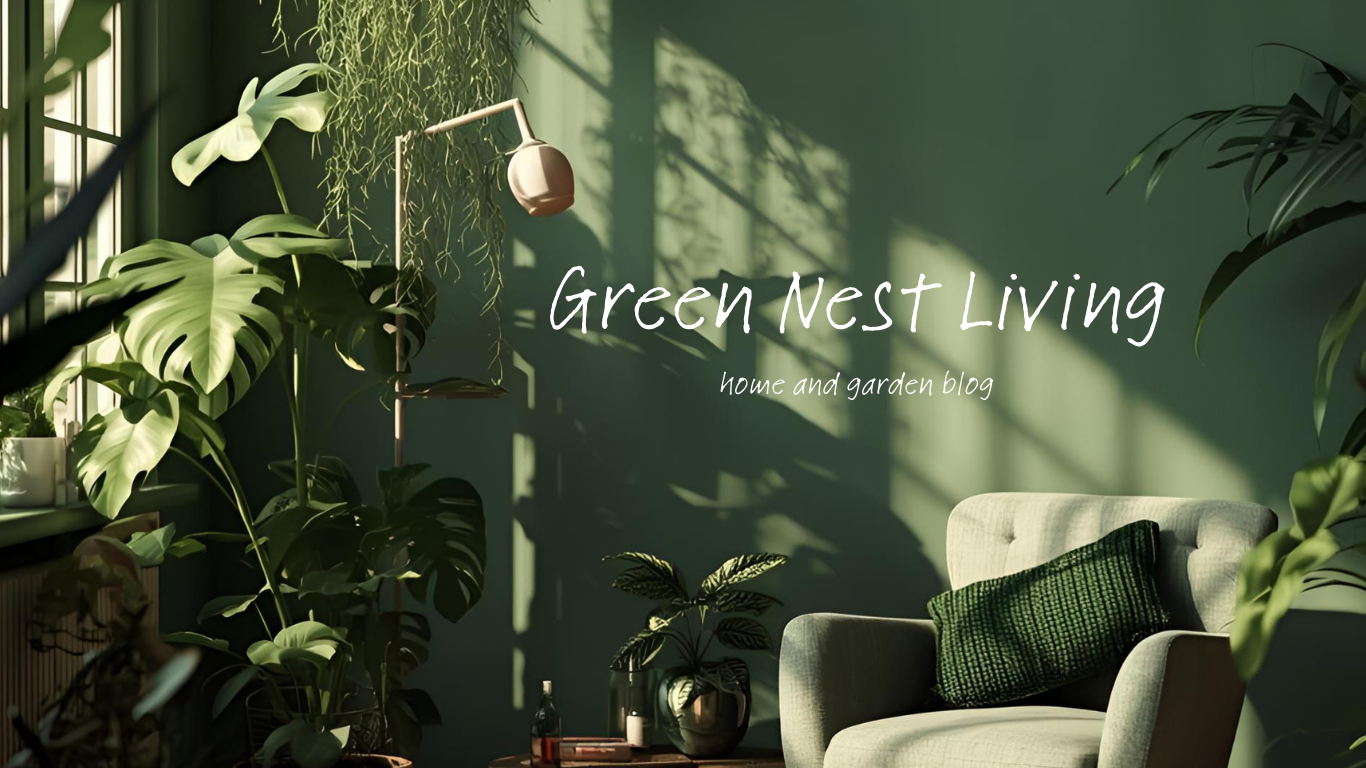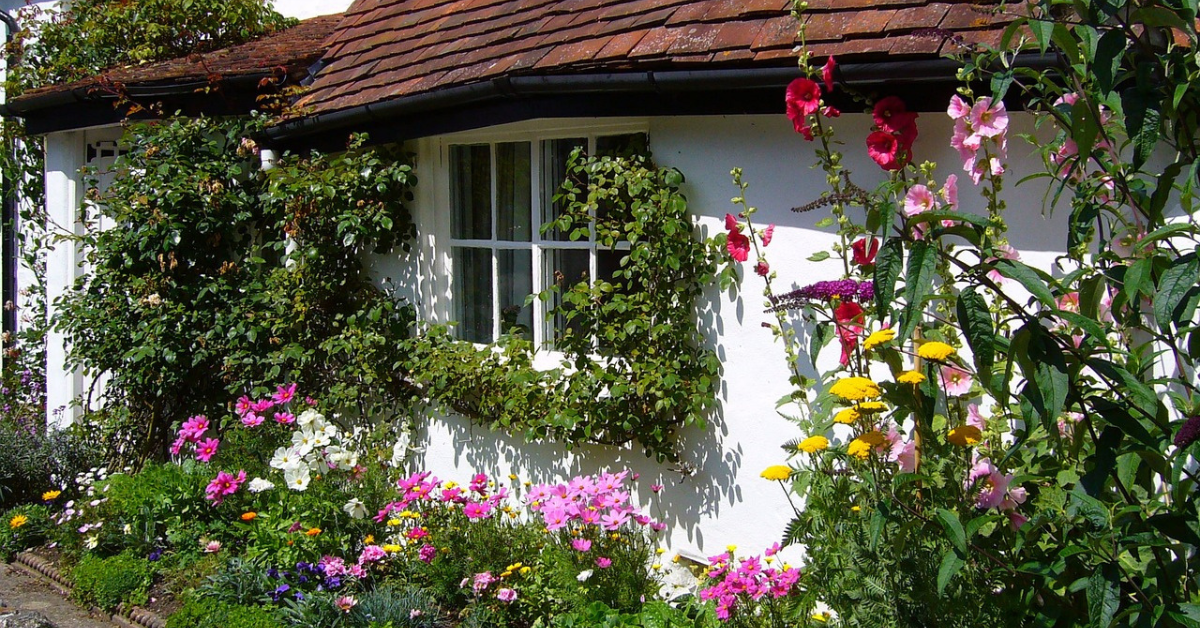
7 Of The Best Plants for a UK Garden

When I talk to people who’ve tried gardening and given up, it’s often because they’ve picked plants that demanded more than their space or time would allow, or they have gone for too many seasonals which become costly in the long run. But that doesn’t have to be your story. With a few well-chosen, resilient plants, you can build a garden that looks good, supports wildlife and doesn’t turn into a full-time job.
Let’s take a look at seven plants that do exactly this: simple to look after, interesting throughout the year, and loved by pollinators. And I’ll also share a few tips on how to weave them together so your garden feels cohesive rather than just a collection of plants.
Lavender (Lavandula)
Lavender is one of those classic plants that feels at home in UK gardens. The grey-green foliage softens a border, the spikes of purple blooms add colour, and the scent… well, it’s one of life’s simple pleasures. Bees adore it, butterflies frequent it, and once it’s in, you only need to tend to it around twice a year.
It prefers full sun and well-drained soil, so do avoid places where water pools or clay holds on too long. After flowering, give it a really good trim so that the plant’s energy goes into producing new flowers and not into the stems. Ever seen Lavender with large woody stems? That is the result of no clipping back. You should ideally carry this out in late summer and again before the growing season if you have had growth over autumn/winter. This will help to keep it tidy, healthy and last much longer.
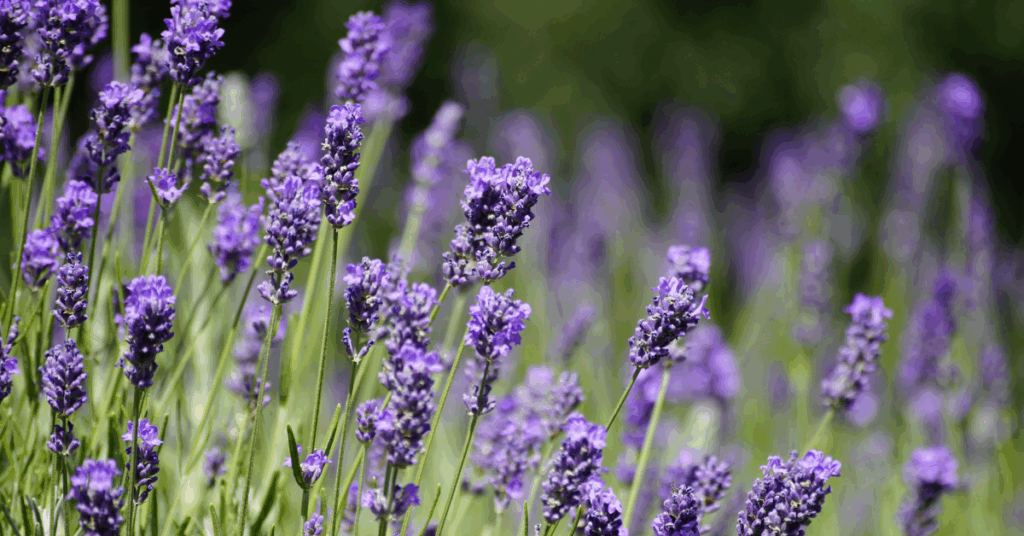
Catmint (Nepeta)
Catmint is the kind of plant that feels really generous. It flowers for a long stretch, tolerates different light levels, and sends soft sprays of purple-blue that mingle beautifully with other borders. More importantly, bees and hoverflies are frequent visitors. If the first flush of blooms fades, clip it back slightly and it should reward you with more. A good dependable plant that will brighten your garden year after year.

Hardy Geraniums (Cranesbills)
When you want something reliable and forgiving, hardy geraniums are your allies. They fill gaps, hide bare earth, and don’t go into panic if the conditions aren’t quite perfect. Whether your soil is slightly lean or your border is partly shaded, many varieties will soldier on.
A mid-season cut back often rejuvenates them, offering a second wave of flowers before autumn. Use them as “fillers” around shrubs or at the front of taller plants for a relaxed, layered look.
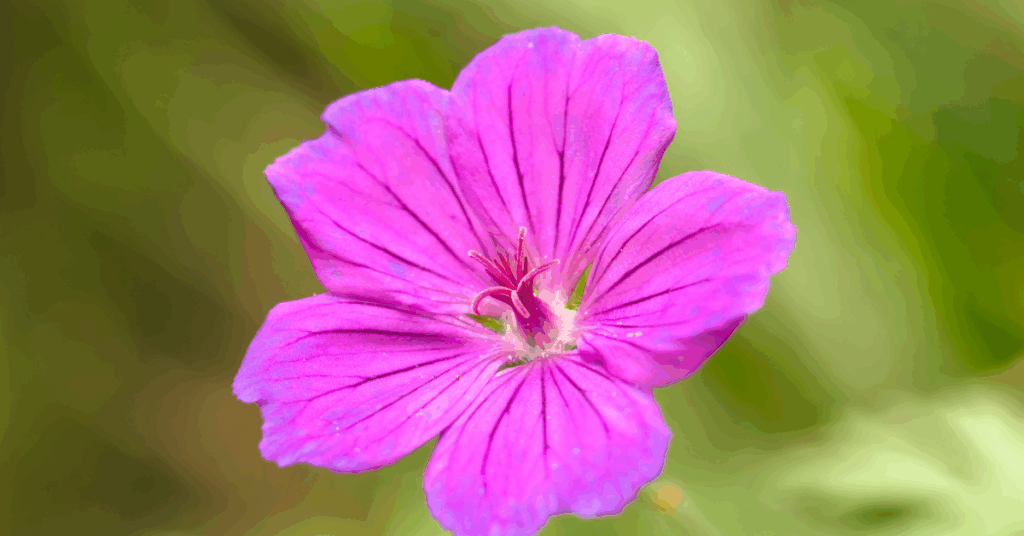
Verbena bonariensis
If you need lightness and height without bulk, Verbena bonariensis is ideal. Its stems are airy, the lilac flower clusters float above the foliage, and it adds movement when other plants become static. Butterflies particularly enjoy it.
It does gently self-seed, so it brings energy year to year without chaos. Leave a few seed heads through winter for texture and to support local birds.
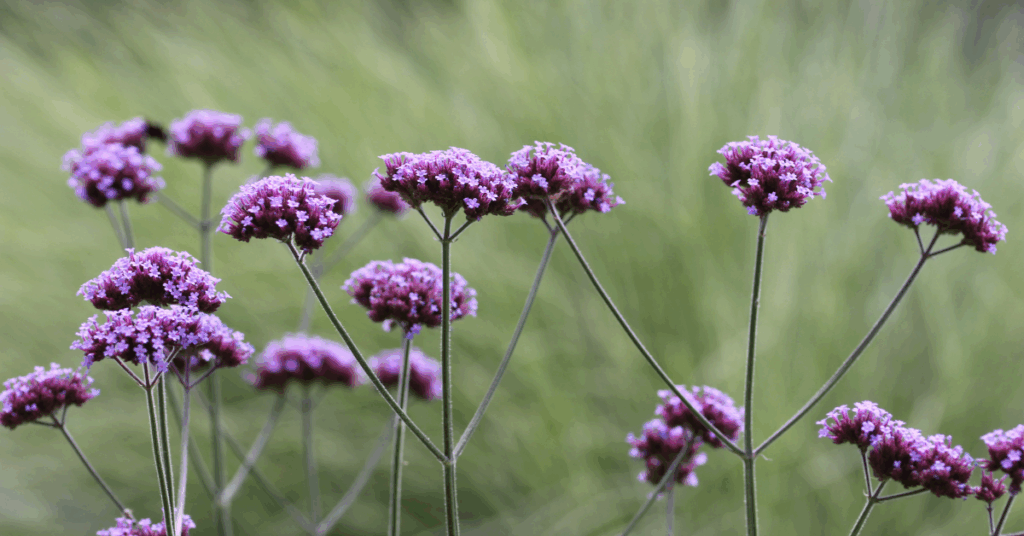
Roses (Single or Wild Varieties)
Roses are timeless, but many modern hybrids lose their appeal to insects because their petals are too dense for pollinators to navigate. The solution? Choose single or semi-double roses, or wild/heritage types. Their simpler blooms give easy access to nectar and pollen.
Plant them in a sunny spot with good airflow, combine with companions like lavender or catmint to discourage pests, and deadhead to prolong the flowering season. You get fragrance, structure and ecological benefit in one package.
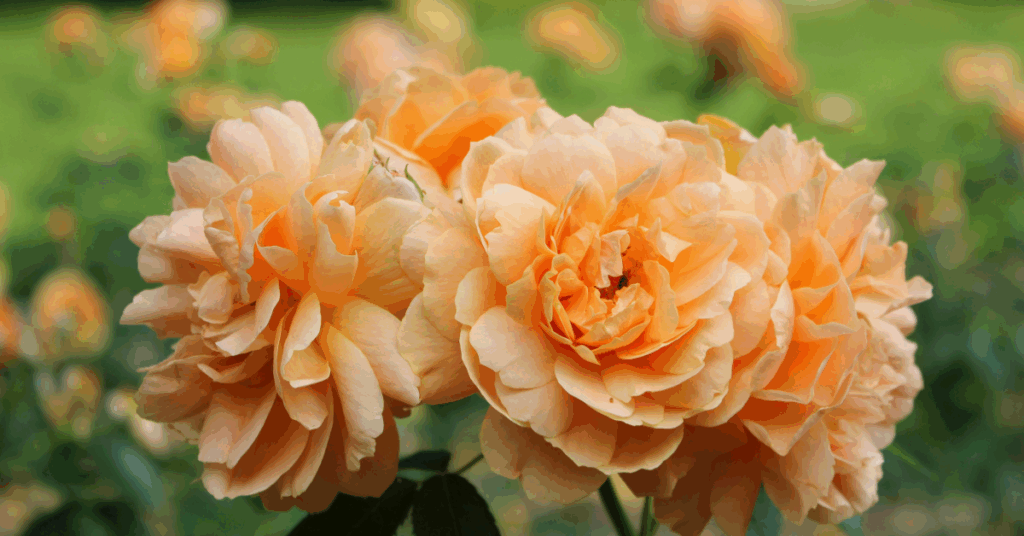
Helenium
When midsummer fades and many plants are beginning to flag, heleniums take over. Their fiery tones of reds, oranges and golds help to really brighten corners that might otherwise look tired. They’re hardy, insect-friendly, and deliver reliably year after year.
They ask little more than sun and reasonable soil. A cut back after flowering helps tidy things up and prepares them for their return next year.
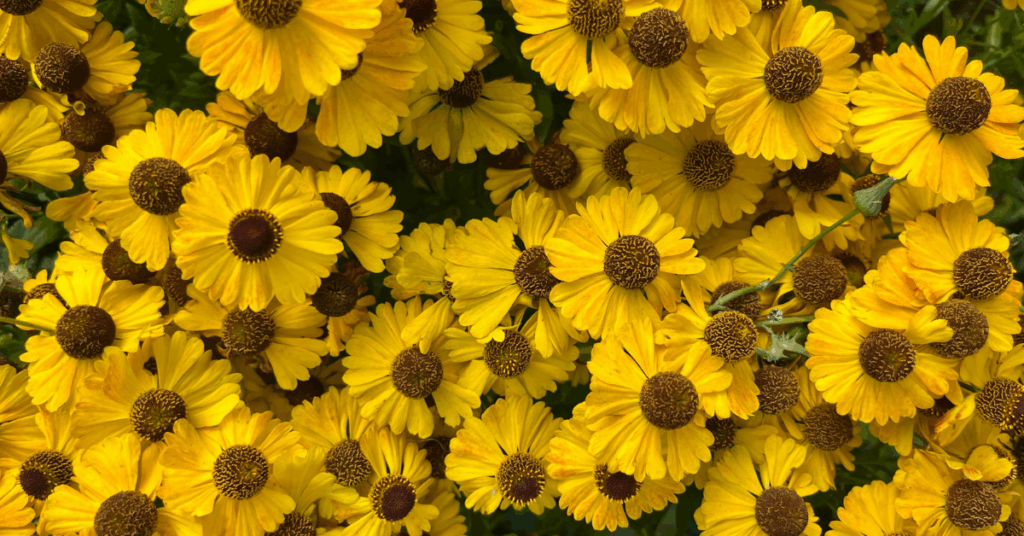
Early Bloomers: Primrose, Crocus, Wallflower
Don’t forget spring. When everything else is grey or bare, early bloomers like Primula vulgaris, crocuses or wallflowers make a big difference. They feed bees and hoverflies coming out of dormancy and bring hopeful colour to chilly days.
They’re also low maintenance: plant in autumn or early spring, give them decent soil and don’t over-tidy their foliage too early.
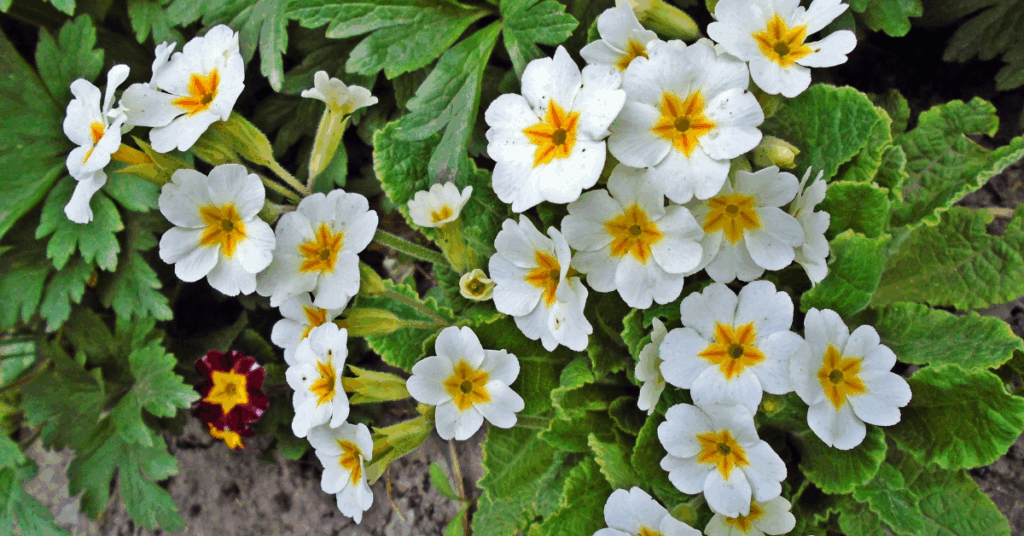
How to Make Them Work Together
Picking good plants is just part of the story. Here’s how to turn them into a garden that grows in harmony:
- Stagger bloom times. Arrange plants so that something is flowering from early spring to late autumn. Early bloomers, then lavender/catmint/geraniums, moving into heleniums and late perennials.
- Layer heights wisely. Let taller plants (verbena, heleniums) sit behind mid-sized ones (roses, lavender), with ground-level plants (hardy geraniums) at the front.
- Leave nature in place. Allow some seed heads, stems or leaf litter to stay over winter; these offer habitat or food to insects. Don’t feel you need to make everything tidy by December.
- Minimise chemicals. A healthy garden relies on balance. Use compost, mulch, and encourage predator insects rather than spraying.
- Be gentle with soil. Improving soil slowly with compost or organic matter is often better than trying to force plants to thrive in poor conditions.
Pin for later:
